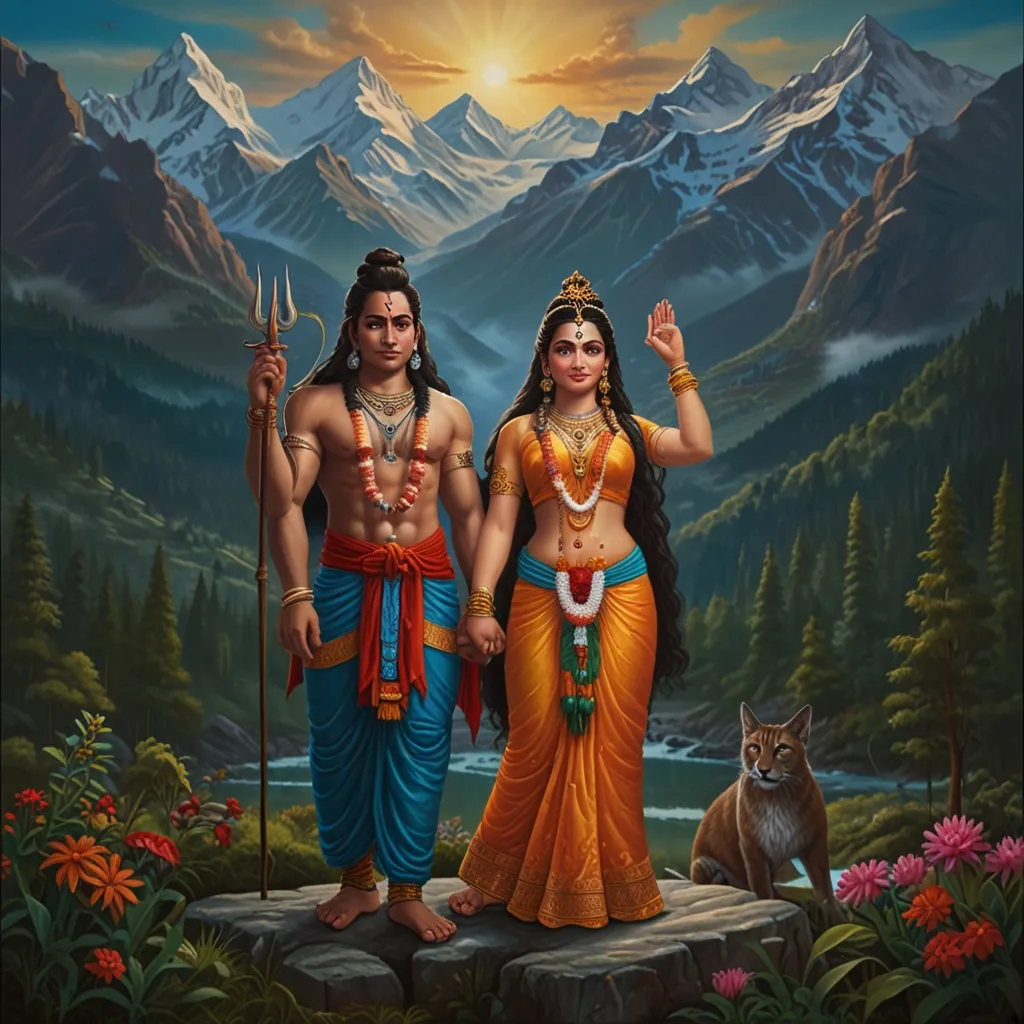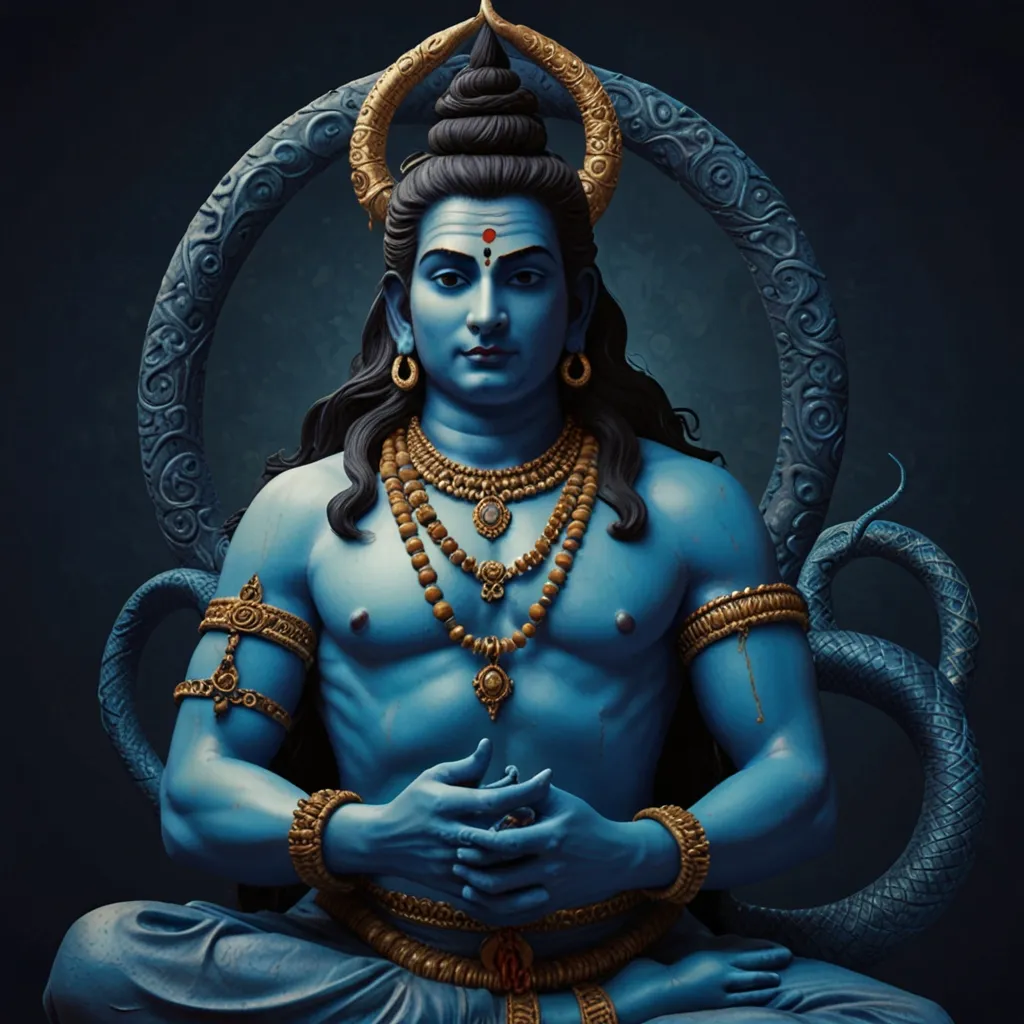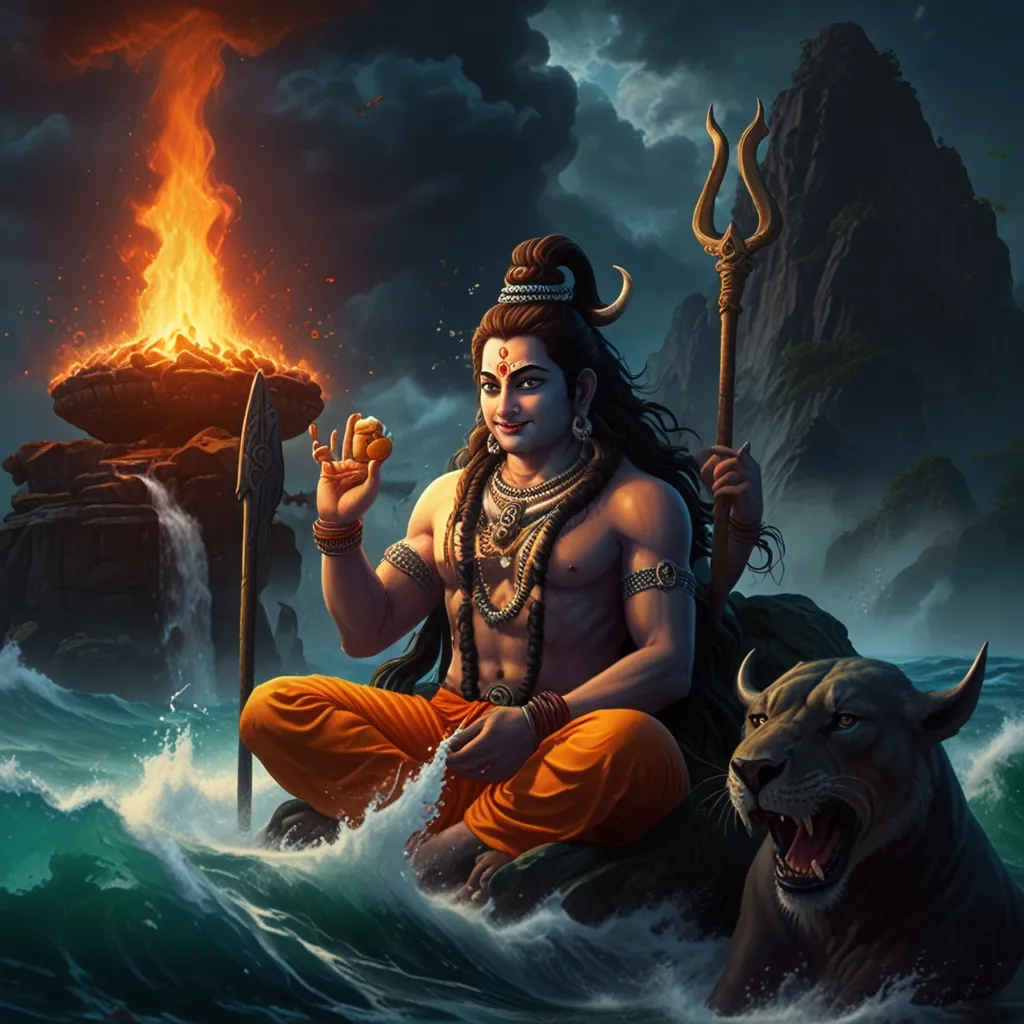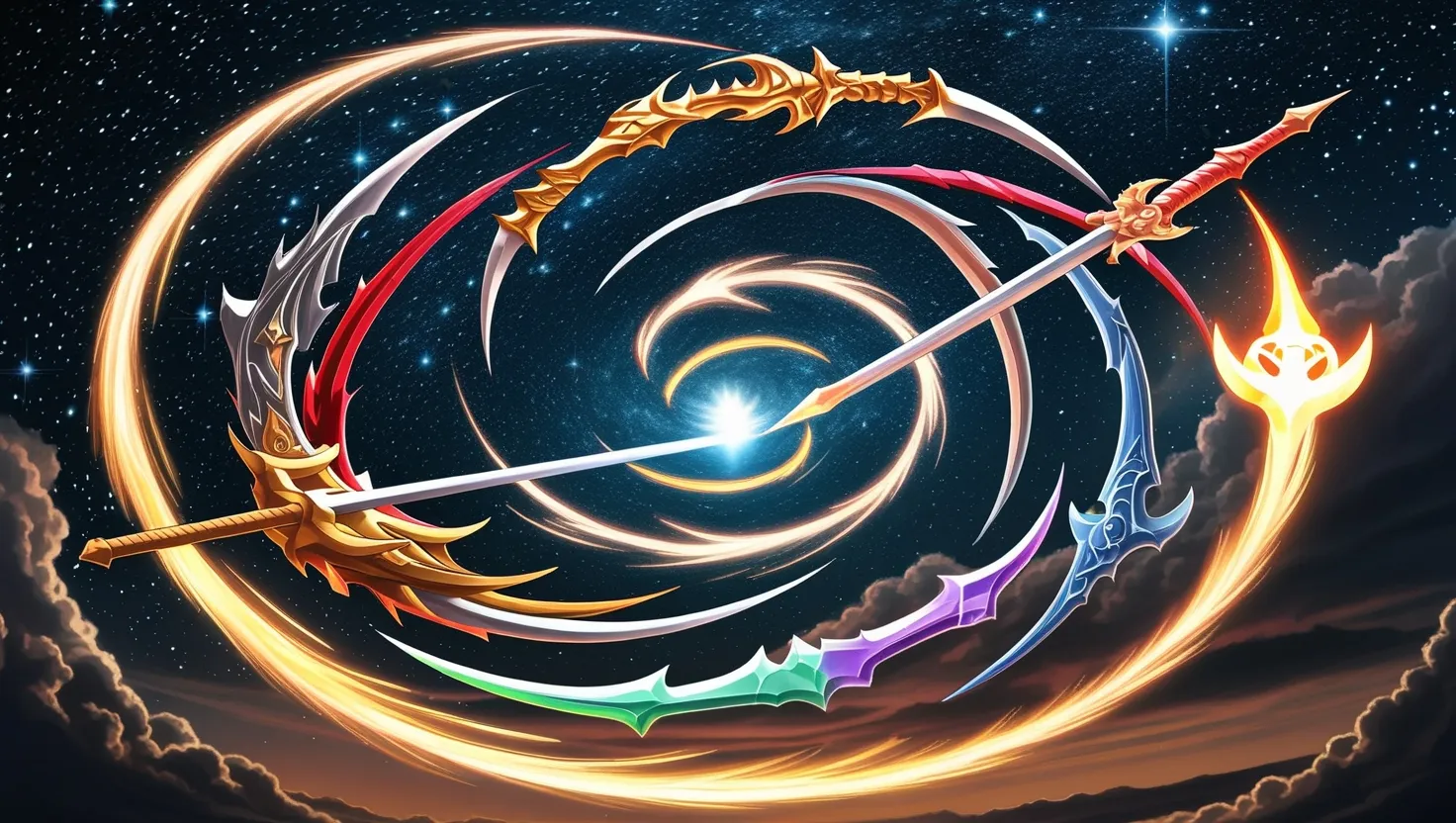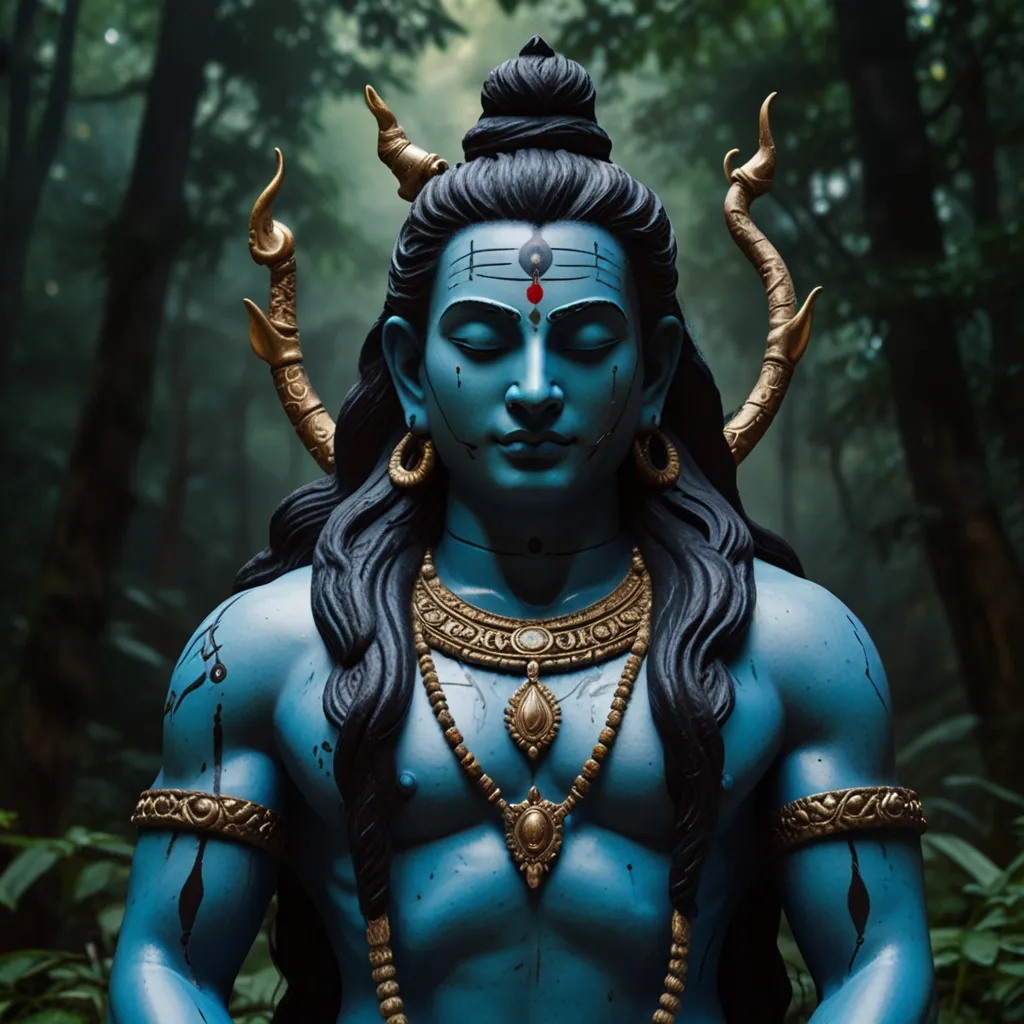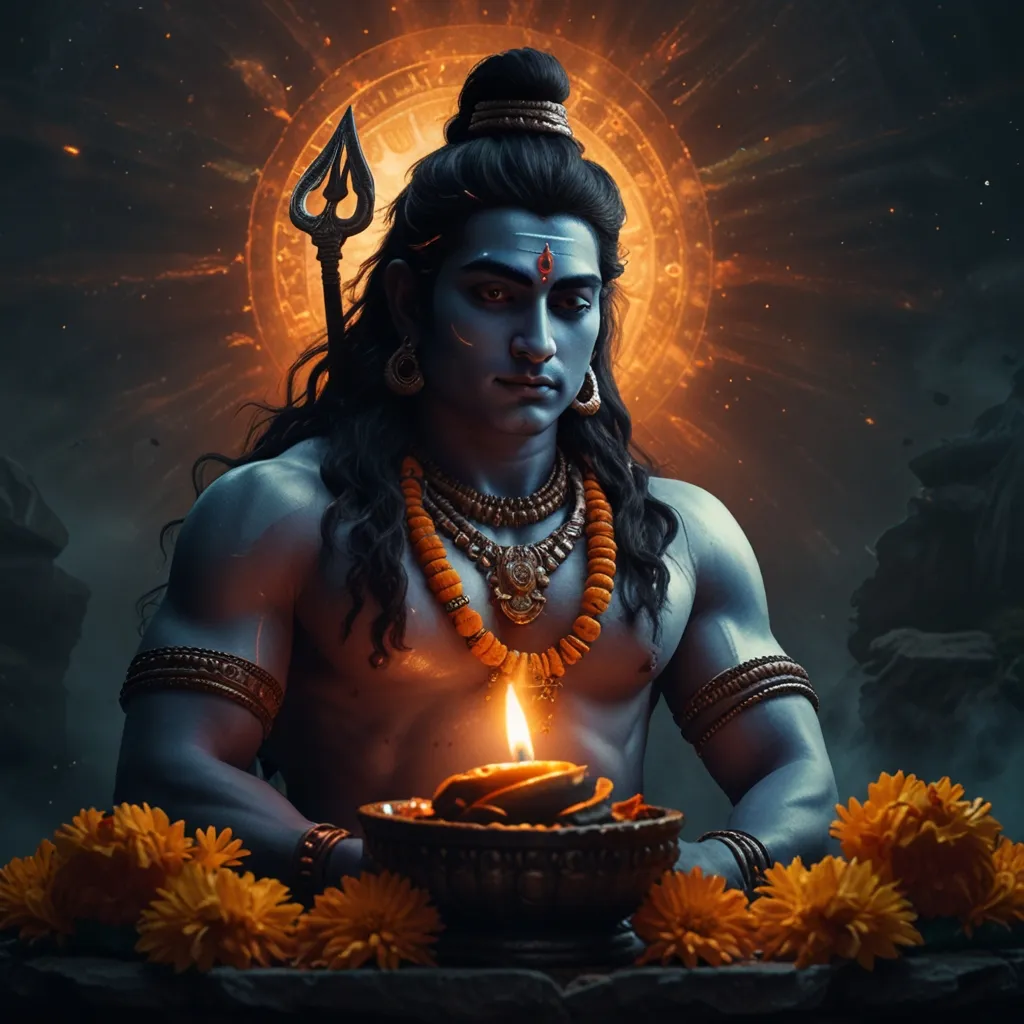In the majestic Himalayas, one of the most captivating love stories blossomed between deities. Shiva, the god known for his transformative powers and deep meditation, was living the life of an ascetic. Wrapped up in his intense spiritual practices, he shunned worldly pleasures and stayed detached. But, fate had a different path carved out for him.
Enter Parvati, a divine beauty and the daughter of the Himalayan king. She wasn’t just any princess; she was the reincarnation of Sati, Shiva’s first love. Parvati’s affection for Shiva was as vast and profound as the mountains she belonged to. She knew winning Shiva’s heart wouldn’t be a walk in the park since the god valued his solitude intensely.
But Parvati was nothing if not determined. She began her journey with serious penance, adopting vigorous ascetic disciplines to mold herself into an ideal partner for Shiva. Her sheer willpower and devotion were unbreakable. This wasn’t just a physical transformation but a spiritual shift that turned her into a powerful goddess.
Meanwhile, Shiva was submerged in his deep meditation, unaware of Parvati’s dedicated efforts. However, as Parvati’s tapasya (meditation) grew more intense, her energy started to sync with Shiva’s own vibrations. He felt the surge of her devotion, and it struck a chord within him. For the first time, he sensed a presence that mirrored his own qualities of strength, persistence, and unwavering commitment.
One day, Shiva opened his eyes and found Parvati standing before him. She was not only beautiful in a physical sense but also radiated an inner brilliance. Shiva was enchanted, feeling a longing for companionship like never before. Memories of his blissful moments with Sati came flooding back, and he realized how fulfilling a relationship could be.
Despite their growing love, their union wasn’t free from hurdles. Parvati’s mother, Meena, wasn’t thrilled about Shiva’s rugged and unconventional appearance. Covered in ashes with dreadlocks, Shiva didn’t fit her image of an ideal groom. But Parvati was relentless and persuaded Shiva to adopt a more agreeable form to appease her mother.
Shiva obliged, transforming into an awe-inspiring, nine-foot-tall handsome figure. Everyone at the wedding was left speechless by his newfound charm. The ceremony was a grand spectacle attended by royalty and divinity alike, adding to the event’s mystique. Shiva’s entourage, although unconventional, further enhanced the entire experience.
During the wedding, many rituals took place, along with introductions of the bride and groom’s lineage. When it was Shiva’s turn, he remained silent. But his silence screamed volumes about his essence as Adiyogi, the primal embodiment of pure consciousness.
Shiva and Parvati’s marriage was more than just a union; it was a blend of opposites. Shiva signified stillness while Parvati exuded dynamic energy. Together, they symbolized the perfect harmony between creation and destruction, life and death.
Their love story is a timeless reminder that true union, whether within oneself or with another, demands commitment, practice, and love. Parvati’s journey shows that with determination and devotion, one can indeed transform and reach enlightenment. Shiva’s presence emphasizes that true power lies in embracing life without worldly distractions.
In their serene mountain abode of Kailasa, Parvati and Shiva led a life filled with love and faithfulness. Their balanced relationship stood as a testament to the synergy of opposites. They were also blessed with two divine sons: Ganesha, the wise and Kartikeya, the warrior. The family epitomized how love and balance bring harmony to life.
The saga of Shiva and Parvati still breathes life and continues to inspire. It teaches that love can conquer fear and that true union is a journey of self-discovery, commitment, and devotion. Their love story serves as a beautiful reminder of love’s transformative power and its ability to bring inner and outer harmony.
